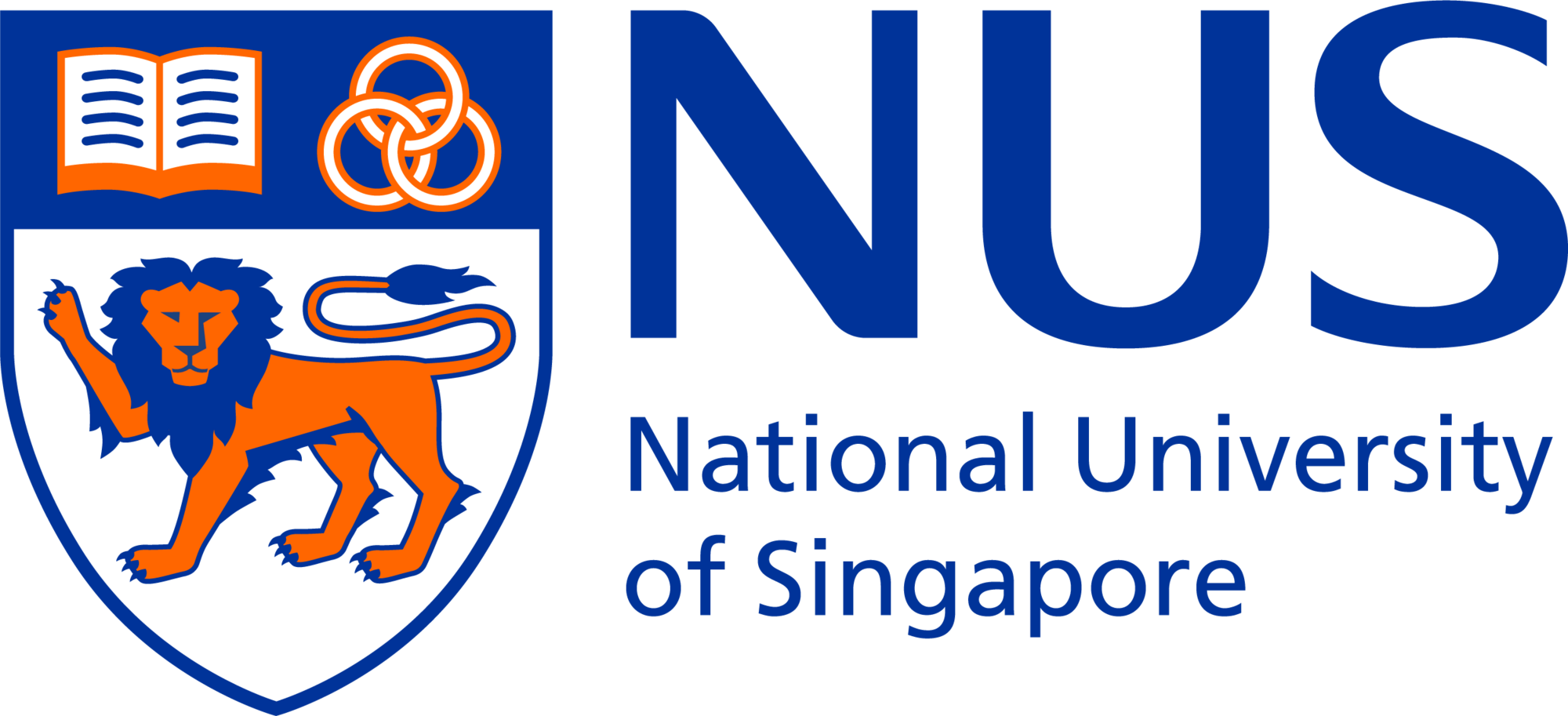|
I am a PhD candidate at the School of Computing (SoC), National University of Singapore (NUS) , supervised by Prof. Byran Hooi. Previously, I have worked as a research intern at Microsoft Research Asia, Dartmouth College, and ICT, Chinese Academy of Sciences. My current research focuses on (1) trustworthiness of large language models (llms); (2) llm reasoning (in specialized fields, graphs, tables, etc.); and (3) causal inference. If you are also passionate about these topics, feel free to connect! Email / Github / Google Scholar / Twitter / LinkedIn |

|
|
|
|
|
|
Yuan Sui, Yufei He, Tri Cao, Simeng Han, Bryan Hooi Preprint, 2025 arXiv / code This paper introduce Meta-Reasoner, a framework that dynamically optimizes inference-time reasoning by enabling LLMs to "think about how to think". |
|
Yuan Sui, Yufei He, Zifeng Ding, Bryan Hooi ACL, 2025 arXiv / code This paper introduces OKGQA, a benchmark for evaluating Knowledge Graph-enhanced LLMs in open-ended question answering, focusing on reducing hallucinations and improving reasoning. |
|
Yuan Sui, Yufei He, Nian Liu, Xiaoxin He, Kun Wang, Bryan Hooi ACL, 2025 arXiv / code This paper presents FiDeLiS, a method combining knowledge graphs and LLMs to enhance reasoning efficiency and reduce hallucinations in downstream QA tasks. |
|
Yulin Chen*, Haoran Li*, Yuan Sui, Yufei He, Yue Liu, Yangqiu Song, Bryan Hooi ACL, 2025 arXiv This paper investigates detecting and removing indirect prompt injection attacks on LLMs. |
|
Yufei He, Yuan Sui, Xiaoxin He, Yue Liu, Yifei Sun, Bryan Hooi WWW, 2025 (oral) arXiv / code This paper introduces UniGraph2, a foundation model that unifies multimodal information and graph structures for effective representation learning on multimodal graphs. |
|
Yufei He, Yuan Sui, Xiaoxin He, Bryan Hooi KDD, 2025 arXiv / code This paper introduces UniGraph, a framework for cross-domain graph learning using Text-Attributed Graphs (TAGs) and a proposed pre-training algorithm for effective zero-shot and few-shot learning. |
|
Yuan Sui*, Jiaru Zou*, Mengyu Zhou, Xinyi He, Lun Du, Shi Han, Dongmei Zhang EMNLP, 2024 arXiv / code / poster / slide TAP4LLM presents a versatile pre-processor suite for leveraging LLMs in table-based tasks effectively. |
|
Yuan Sui, Mengyu Zhou, Mingjie Zhou, Shi Han and Dongmei Zhang WSDM, 2024 arXiv / code / blog / poster / slide This paper releases SUC benchmark along with comprehensive empirical studies to evaluate and detect the structural understanding capabilities of LLMs on table data. |
|
Wei Yan, Yu Shi, Zengyan Ji, Yuan Sui, Zhenzhen Tian, Wanjing Wang, Qiushi Cao Engineering Applications of Artificial Intelligence, 2023 (IF=8) This paper proposes a virtual knowledge graph for the digital modeling and intelligent predicate maintenance of hydraulic systems in manufacturing. |
|
Yuan Sui, Shanshan Feng, Huaxiang Zhang, Jian Cao, Liang Hu, Nengjun Zhu Knowledge-Based Systems (KBS), 2022 (IF=8.139) This paper propose CF-KGQA to improve KGQA tasks by address spurious relations through causal interference. |
|
Yuan Sui, Fanyang Bu, Yingting Hu, Wei Yan, Liang Zhang IJCNN, 2022 (oral) Trigger-GNN proposes entity triggers to improve the nested NER task. |
|
|
|
|
|
Thanks Jon Barron
for this amazing template.
|
 !
! with a
research
scholarship!
with a
research
scholarship! as a
research
intern!
as a
research
intern!